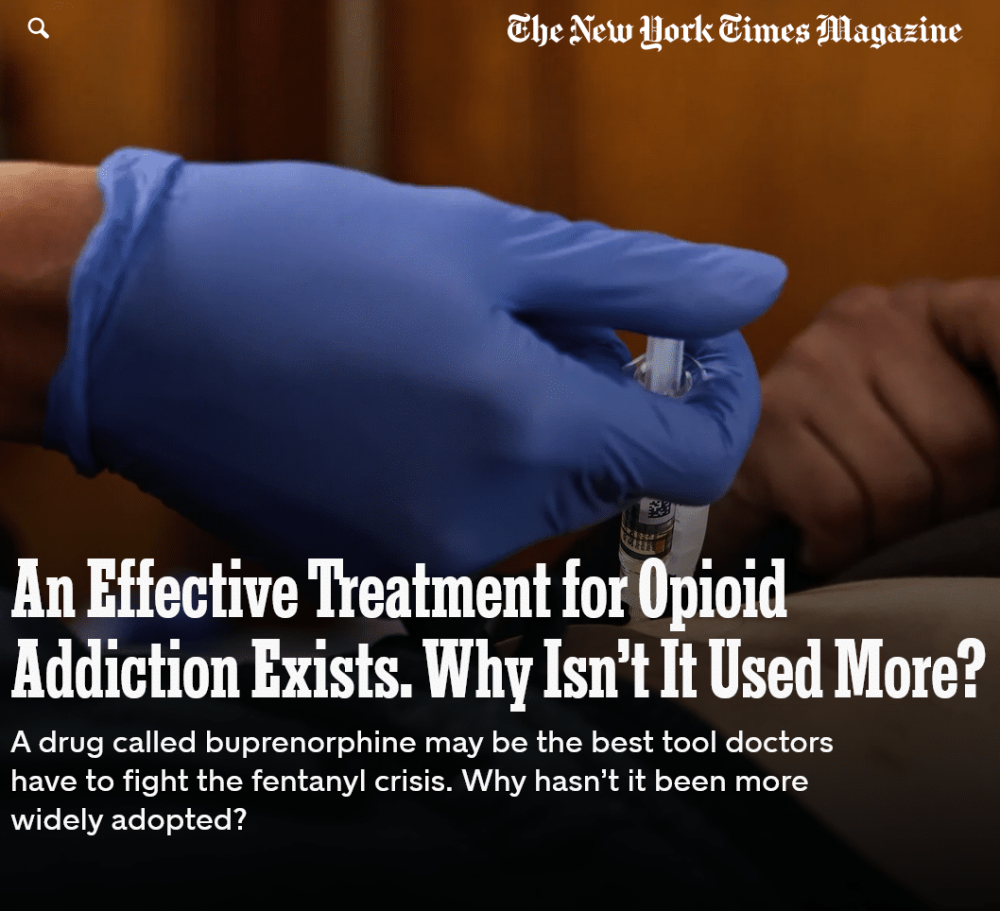In the United States, doctors are prescribing higher rates of opioids. Prescription opioids are most commonly used to treat moderate to severe pain but can be highly addictive. When safely taken for a short amount of time, prescription opioids are generally safe to use. However, the misuse of prescription opioids has harmful effects and can even be fatal.
What Are Prescription Opioids?
Prescription opioids are medicines that relax the body and relieve pain. Opium, found in the poppy plant, is used to create opioids. Some prescription opioids are made from the poppy plant, while others are created in a lab using a similar chemical structure. Common prescriptions opioids include:
- Hydrocodone
- Oxycodone
- Oxymorphone
- Morphine
- Codeine
- Fentanyl
Using prescription opioids for pain relief is generally safe as long as they are taken for a short amount of time as prescribed. Signs of prescription opioid misuse are taking the medication in a way or dose that differs from prescription instructions, taking someone else’s prescription medication, and taking medicine for the effect it causes to get high.
Prescription Opioids Effects on the Brain
Taking prescription opioids allows the drug to enter the central nervous system and into the brain. In the brain, the drug binds to opioid receptors. These receptors are located in the reward pathway and pain pathway of the brain. Opioids attach to these receptors and block pain signals and release dopamine throughout the body. Dopamine signals the brain and nerve cells to create a pleasurable feeling or “high”. The release of dopamine has the possibility of strongly reinforcing the act of taking the drug.
Side Effects of Prescription Opioid Use
Prescription opioids can have harmful effects that include:
- Drowsiness
- Dizziness
- Confusion
- Physical dependence
- Nausea, vomiting, and dry mouth
- Constipation
- Interruptions in the menstrual cycle
- Infertility
- Depression
- Low levels of testosterone
- Slowed breathing
Of these side effects, slowed breathing is especially dangerous. Slowing of breathing can cause hypoxia, which is a result of too little oxygen in the brain. Hypoxia can result in coma, permanent brain damage, or death.
Prescription Opioid Use and Pregnancy
Quitting the use of prescription opioids can be extremely difficult, especially while pregnant. Using prescription opioids while pregnant can lead to harmful and life-threatening effects on the fetus. The baby could develop an opioid dependency and suffer withdrawal symptoms once born. Using prescription opioids can also lead to miscarriage and low birth weight.
Dependence vs. Addiction
Prescription opioid use can lead to drug dependence or drug addiction. With repeated use, a person may become dependent. Dependency causes the neurons in the brain to adapt so the person can only function normally when taking the drug. Stopping the drug can cause mild to potentially life-threatening symptoms. Symptoms of withdrawal include:
- Muscle and bone pain
- Sleep problems
- Diarrhea and vomiting
- Cold flashes with goosebumps
- Uncontrollable leg movements
- Severe cravings
Drug addiction is a chronic disease that causes compulsive drug seeking and use despite harmful consequences. Addiction can cause long-lasting effects in the brain and these changes can result in harmful behaviors.
Who Is at Risk of Prescription Opioid Misuse?
There are many groups of individuals who abuse prescription opioids. Men are more likely to abuse prescriptions and suffer from an overdose. However, prescription drug abuse by women is rising and about 18 women die from prescription overdoses each day. One in four adults who receive prescriptions for (non-cancer related) opioid pain medications struggle with addiction. Soldiers and veterans with serious injuries are at increased risk of abusing prescription opioids. Among workers’ compensation systems, there has been a rise in prescription opioid misuse for occupational injuries. Older adults who take multiple medications are also at higher risk of misuse.
Opioid Prescribing Rates
In recent years, opioid prescribing rates have decreased, but are still higher than in previous years. The overall prescribing rate peaked from 2010-2012. However, prescribing rates are still around three times higher than they were in 1999. In 2017, there were almost 58 opioid prescriptions written for every 400 Americans and more than 191 million opioid prescriptions were dispensed to patients.
Prescription Opioid Overdoses
Taking too many prescription opioids can cause life-threatening symptoms and even death. Overdosing on opioid medication causes slowed or stopped breathing. Drug overdose deaths involving prescription opioids rose from 3,442 in 1999 to 17,029 in 2017. However, from 2017 to 2018 the number of deaths dropped to 14,975.
If someone you know is overdosing on prescription opioids it is best to call emergency medical personnel immediately. Opioid overdose symptoms include:
- Small, constricted “pinpoint” pupils
- Loss of consciousness
- Slow, shallow breathing
- Choking or gurgling sounds
- Limp body
- Pale, blue, or cold skin
Prescription Opioids and Street Drugs
In some cases, prescription opioid use can lead to the use of street drugs. If prescription opioid use leads to substance use disorder, oftentimes street drugs are cheaper and more easily attainable. In 2011, an estimated four to six percent of people who misused prescription opioids switched to heroin, and about 80% of people who used heroin had first misused prescription opioids.
Prescription opioids are used to relieve pain and relax the body. The brain is affected by the drug’s use, releasing dopamine which creates the possibility of the body craving more. Misusing prescription opioids can cause uncomfortable physical and mental effects. Some side effects of prescription opioid use, such as hypoxia, can lead to life-long consequences and even death. Prescription opioid misuse consists of taking medications not as prescribed, taking someone else’s medication, or taking prescriptions just to get high. As prescribing rates for opioids rise, your chances of developing dependency or addiction do as well. Withdrawal symptoms that accompany dependency and addiction consist of diarrhea and vomiting, muscle pain, cold flashes, and severe cravings. These symptoms can be extremely painful, dangerous, and sometimes fatal.
At Gallus Medical Detox Centers, we provide you with a safe and comfortable detox experience.


 Steve B
Steve B 
